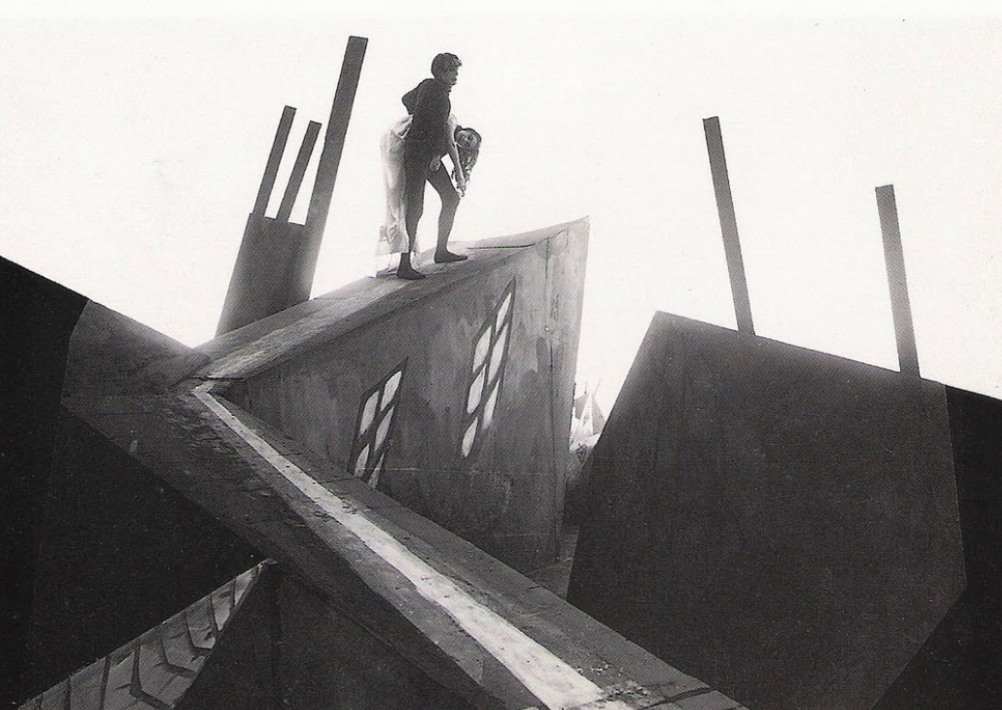By Milaniya Nguyen, Year 12
A key part of storytelling is being able to express the feelings, thoughts and especially emotions of the characters. Without emotion, a story can feel monotonous and simply fall flat. This is seen in all forms of art, films, literature, and painting. Take for instance, The Scream by Edvard Munch, a painting certainly almost everyone has seen. The pure terror and anxiety felt by the subject is not only expressed by the scream on their face but in the distorted waves of dark reds and blues surrounding them.
This is the basis of expressionism: when the emotions felt by a character spill and bleed out into the environment around them. Simply defined as, a distinct and stylized depiction of reality, for emotional effect. Artists that contributed to the expressionist movement often present a distorted and dramaticized world and setting to provoke certain emotions, moods and ideas. Created characters exist in this world shaped by their own internal psychological states, in an externalized version of their own minds. Going back to The Scream, the warped background encompasses this state of dread and shock the subject is in, enough to make them and the sunset behind them cry out with jarring colors.
A scene from Metropolis, Fritz Lang, 1927
Dramatic angles, harsh lighting, the feeling that something just doesn’t seem right. Filmmakers present their own take on the expressionist concept with creative camera work to create certain feelings in their viewers, often by setting their characters in unrealistic landscapes and environments. Expressionists were often considered to be less concerned with producing aesthetic and pleasing imagery than shocking and eye-catching visuals of great emotional value and appeal.
This can be dated back to Germany in 1916, when all foreign films had been banned. Causing a surge in domestic filmmaking, German filmmakers were able to create art completely uninfluenced by anything or anyone outside of their own country. This is where expressionism comes into play. People of 1910-20s Germany were suffering from severe social and economic unrest due to the impacts of the First World War, and Germany’s crushing defeat in it. The feelings of tension and turmoil were expressed in the films made at the time. These themes of misery and oppression were not only portrayed by the plot but were incorporated into the lighting, the set, the environment. The stylistic choices made at the time were bold and distinct, something that has become very recognizable as the origins and basis of expressionism in film.
One of the most influential German expressionist films is Metropolis, filmed in 1937 by Fritz Lang. The dramatically lit, overcrowded, overwhelming imagery, especially of the cities it is set in, externalizes the suppressed feelings of the German working class represented in the film. The stark contrast between the lower class and the higher class is built into the sets and the environment, visually displaying this divide between the people. There are a multitude of other pivotal expressionist films where filmmakers were able to express this turbulent era of German history. These films allow us viewers to peer into the minds of people in this time period through this innovative approach to evoking emotions through film and visuals. The expressionist movement played a significant role in the history of filmmaking, particularly as it branched out and became the basis for other stylistic genres, such as film noir.



